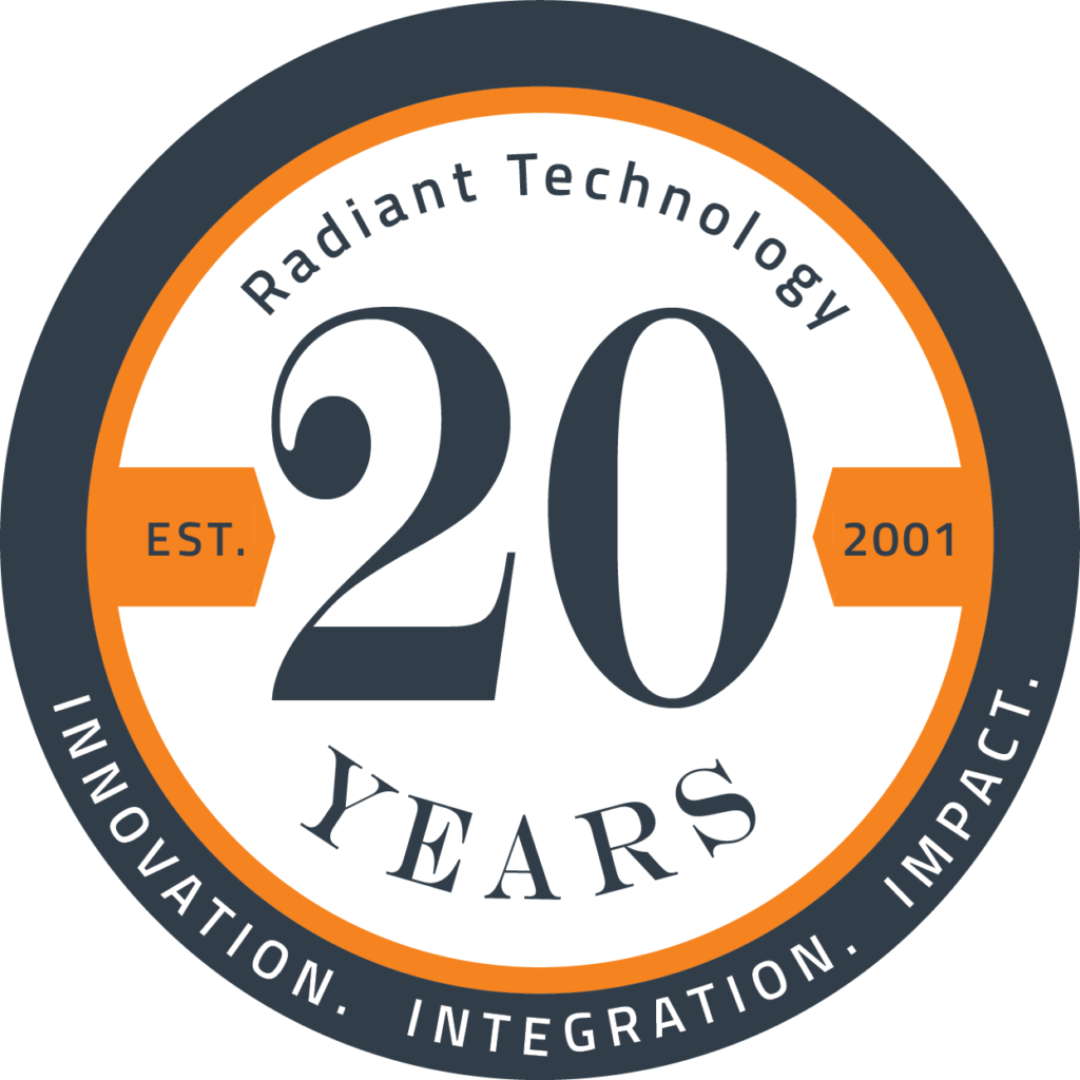Most people I talk to rarely have an idea how to evaluate the Total Cost of Ownership (TCO) for collaboration systems. This begs the question, “Why make an investment at all if we don’t know what we are trying to achieve?”
Why Invest in Technology
The reason we make an investment in collaboration technology is because we know our workforce spends a lot of time in meetings (15% or more by most calculations). We know that the better we communicate with each other, the better chance we have of achieving our goals. According to a Deloitte survey, when workers collaborate effectively:
- 73% do better work
- 60% are more innovative
- 56% feel more satisfied
- 15% work faster
How then do we make sure our investments provide these kinds of results?
Develop a Lifecycle Strategy
Audio-visual integrators are guilty of speeding through the design process-focusing on technical features instead of outcomes. Then we deploy systems with a desire to keep customers satisfied over the next five to seven years of their system’s lifecycle. We are just hoping the investments make the desired impact and only adjust if we get negative feedback.
Guessing, hoping and avoidance do not make a winning strategy!
To avoid throwing away money, we need to develop a lifecycle strategy that drives impact. One of the first steps is to understand the Total Cost of Ownership. By understanding the TCO and comparing against anticipated goals we can make better decisions about designs and services that deliver the desired outcomes.
At a root level TCO includes: the initial investment, management, support, the opportunity cost of downtime and other productivity losses.
Would you believe that typical investments have downtime costs that far exceed the initial investment?
For example, lost advertising revenue when your digital signage system fails or the cost of downtime on a production line.
If downtime is that pervasive, how much impact is possible with technology that is perceived unreliable? Beyond that, how much productivity can be gained from users that are intimidated, untrained and hesitant?
Reliability
To achieve any level of productivity we must first establish reliability. We will not achieve our desired outcomes without end user confidence in the collaboration tools we implement. Arguably, we cannot expect end user confidence if we do not deliver tools with 99% reliability. Once reliability is guaranteed, we can focus on end user adoption. Even the best tools can go unused if people are intimidated, afraid of change or do not relate.
You might think, “Why aren’t systems reliable”? Most reliability issues are not actually related to the systems, but rather some interaction with the network or other platforms that causes a downtime incident. But, for end users it doesn’t matter. Any downtime equals “unreliable” and that affects our ability to gain productivity.
To truly understand the Total Cost of Ownership and ultimately drive productivity, we must work through these questions to uncover the answers:
- What we are trying to accomplish?
- How do we measure success?
- What systems will support your goals and can be measured?
- What causes downtime?
- What management systems and processes will mitigate downtime?
- What end user adoption programs will ensure effective use of the technology?
- How and when to use measurements and make adjustments?
Next Steps
Before you make any large collaboration technology investments, we invite you to work through our Proven Process to uncover the answers to these questions. We know from experience that when our process is followed, we can logically and methodically tackle the common issues hindering your success. With your Total Cost of Ownership in hand, you will be able to make sound decisions about your collaboration technology investments. Contact us and start your journey towards driving impact.





